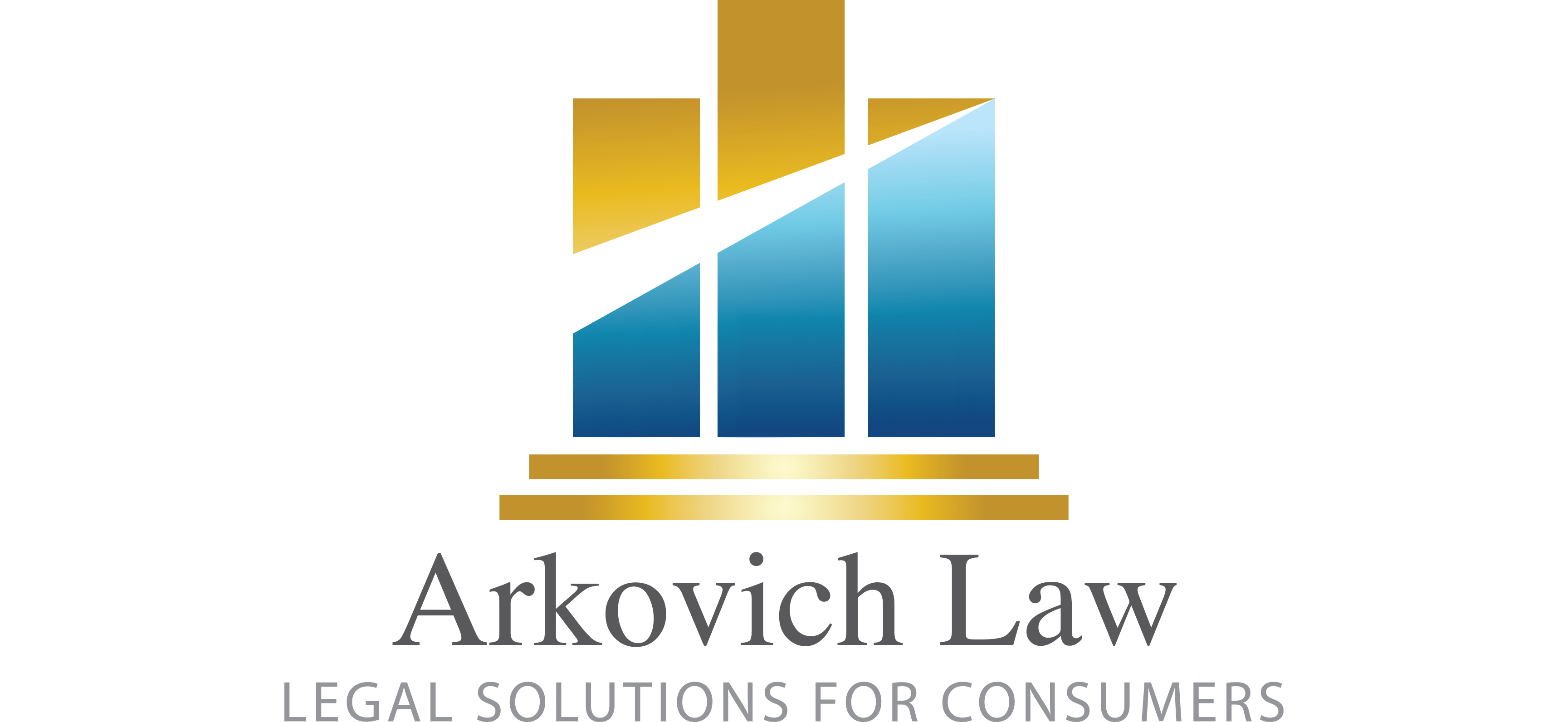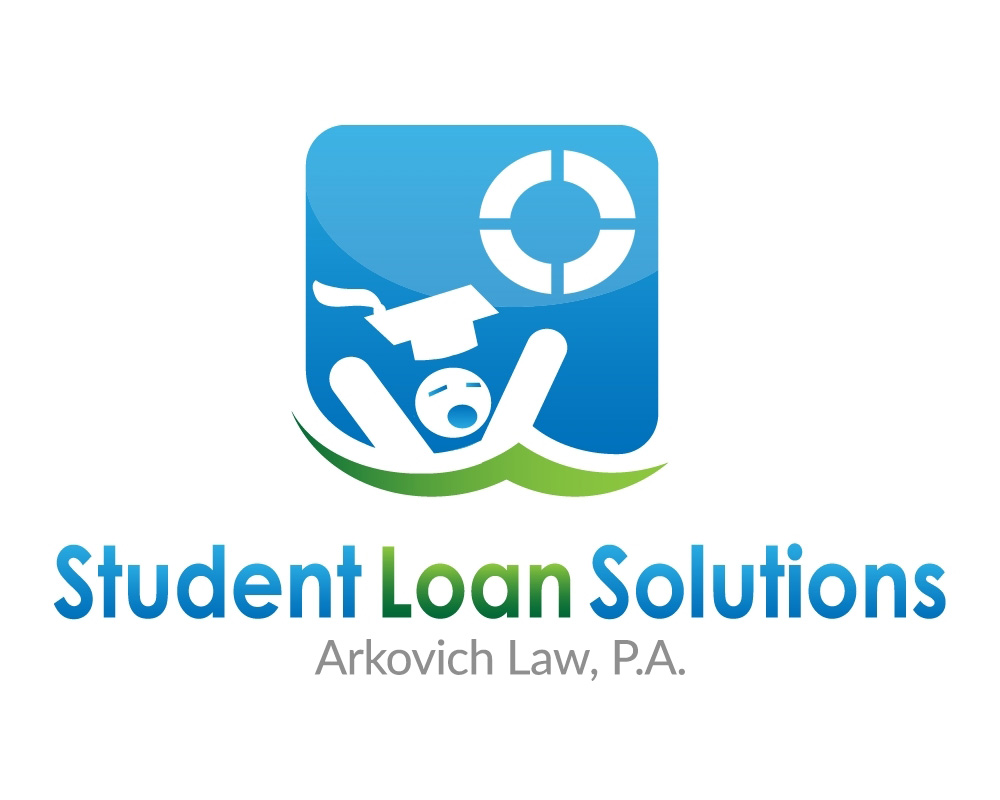 Stuck in a timeshare (or nowadays they are called vacation clubs or vacation ownership plans) you can’t get out of? You can get rid of a timeshare in a bankruptcy. If the timeshare is a contract agreement for points etc., then the contract can be rejected as an executory contract. If the timeshare is a secured interest (and many are), then you can provide in a Chapter 13 Plan to revest the title to the timeshare company/lender and they get it back.
Stuck in a timeshare (or nowadays they are called vacation clubs or vacation ownership plans) you can’t get out of? You can get rid of a timeshare in a bankruptcy. If the timeshare is a contract agreement for points etc., then the contract can be rejected as an executory contract. If the timeshare is a secured interest (and many are), then you can provide in a Chapter 13 Plan to revest the title to the timeshare company/lender and they get it back.
For example, the Order Confirming Plan would provide for recording purposes:
Pursuant to 11 U.S.C. Sections 1322(b) (8) & (9), title to said property shall vest in Wyndham Vacation Resorts, Inc. Wyndham Vacation Resorts may file an unsecured claim for any resulting deficiency that may exist. Confirmation of this plan shall constitute a deed of reconveyance to this property upon recording with the XX County Recorder.
 Reboot Your Life: Tampa Student Loan and Bankruptcy Attorney Blog
Reboot Your Life: Tampa Student Loan and Bankruptcy Attorney Blog



